16 Herbs You Can Grow Indoors Year Round (Grow Guide)

Many people grow herbs in their garden, but some people have limited space and can’t keep a large garden. There are also many people who don’t want to deal with the work of planting and maintaining a traditional herb garden.
Growing herbs indoors is an easy alternative for those that live in small spaces or want to spend less time tending to plants. Growing herbs indoors doesn’t require much effort if you follow this growers guide.
Table of Contents
Basil
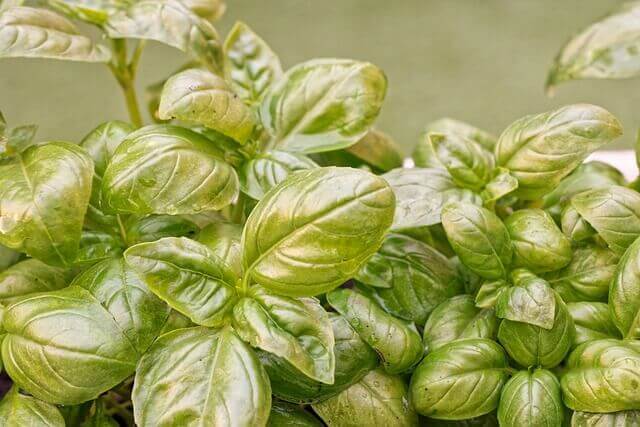
When you start an indoor garden, you should choose the location carefully. Most basil plants will need to have some place where they can grow without having direct sunlight.
You will want to put them in a window that has some sunlight but not direct sunlight for too long. You will also want to make sure that there are no drafts in the room where the basil will be growing.
Related Post: How to grow Basil at home?
Thyme

When your growing thyme indoors you will need to do is make some good soil. You should try to use a mixture of clay, sand, and organic material. The best thing you can do is mix all of your materials together so you get an excellent hold of the soil before you start to plant anything in.
Make sure that you keep your plants watered at all times while you are growing them in the garden. You should water them about twice a week and check their growth, to make sure it is going well.
Related Post:
Rosemary
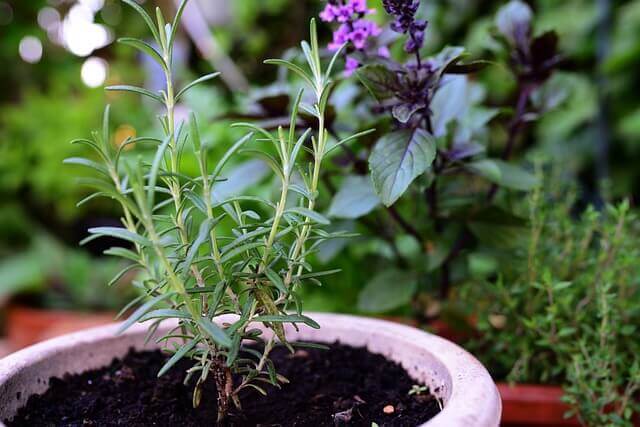
Rosemary needs to be grown properly if you want to make sure that you get the most out of it. You have to ensure that the soil is completely draining which makes it possible to keep the roots from getting stressed out too much.
Also remember to water it only when it’s needed and not too often because too much water can actually cause the roots to die off.
Related Post:
Chives

When growing Chives indoor plants you may want to consider planting them in a large pot. If you choose a large pot, place several stems of different heights in the bottom. If they are to grow on their own, the leaves will spread out and the plant will have a natural, cascading shape.
For best results, plant the plant in a large pot where there is adequate drainage. If you’re potting soil has been sitting around for some time, it can retain water.
Related Post:
Chervil
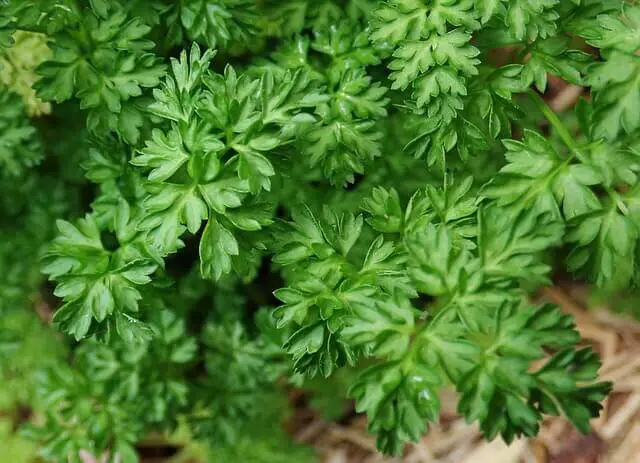
The best way to grow Chervil herbs inside is by starting small. Try to only grow a few plants at a time so you will have plenty to cover each plant.
You’ll also want to try growing the herbs in pots so that you can move them around the house. If you have a small windowless area that you plan on growing the herbs, this may be a great option for you.
A small pot will allow you to place the herbs on top of the ground or on the window sill, so they will be out of the sunlight, where the most growth takes place.
Related Post: How to grow Chervil from seeds?
Parsley

Growing parsley indoors is easy, but in order for it to thrive it must receive ample light. Parsley, like other herbs, prefers a window with little to no frost.
Parsley grows best in a sunny spot that has average winter temperatures. It will grow in containers, window boxes, or even above the ground, depending on the location.
If the container you choose is in direct sunlight most of the time, make sure that the soil remains moist throughout the year. Parsley loves to thrive in a rich organic compost. It is also a good idea to add some mulch to help protect it from excessive heat.
Related Post:
Mint
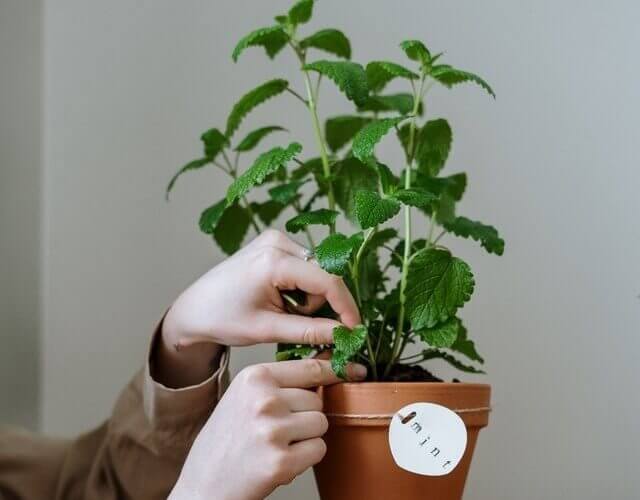
To grow mint in an indoor environment, all you need to do is keep an eye on the soil moisture level. It needs to be moist, but not wet enough to start rotting.
You don’t want your plants to dry out completely and die. Once I started my growing season, I move the plant inside and put it in a small area that had some direct sunlight.
In less than two weeks, it was starting to grow well. I also watered the plant every other day, keeping it slightly moist. I let it go for four weeks before I cut it back and remove some stems.
Related Post: How to grow Mint from cuttings?
Oregano
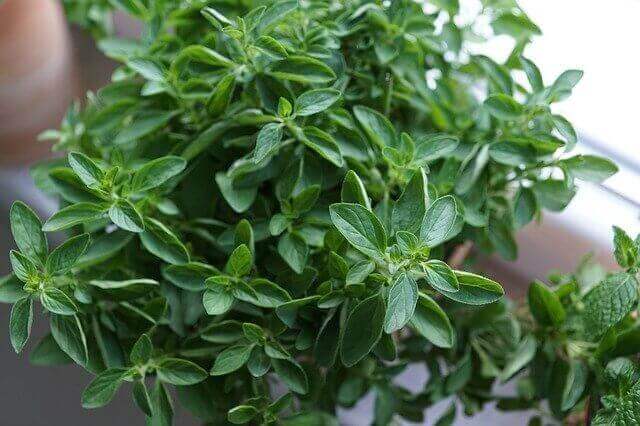
Growing Oregano indoors is a great way to add something fresh and delicious to any kind of dish. You can use it to make your own salad dressing or even add it to a dish of pasta and bread. The key to growing Oregano indoors is to get the right environment for the plant.
If you are growing the plant in a pot, it will be difficult to keep the roots from spreading out and the leaves from drying out. Use pots that have drainage holes. Make sure to place the pot in a location that has plenty of light but not direct sunlight.
Related Post: How to grow Oregano at home?
Lemon Balm
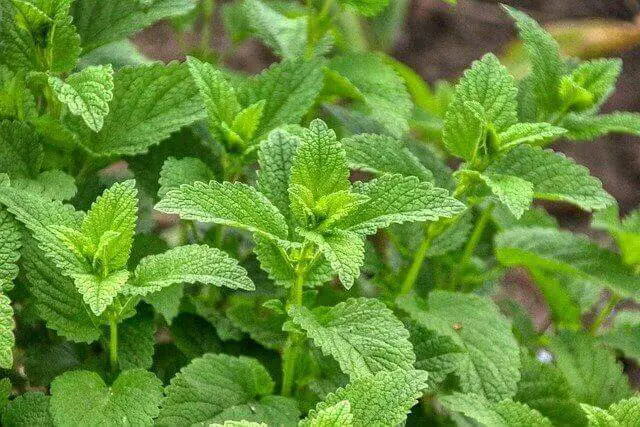
Growing lemon balm indoors is a great option to the home herb garden. There are some easy ways that you can begin growing this beautiful, sweet-smelling plant, and it will be planted easily. This little plant can produce a beautiful bloom that lasts for weeks and can even be stored in the refrigerator for later use.
It is important to remember that the indoor plant should be kept away from direct sunlight to prevent over-watering and other damage. This is why a hanging basket or a container is a good idea for keeping the plant safe, as they provide some shade for the plant.
Cilantro
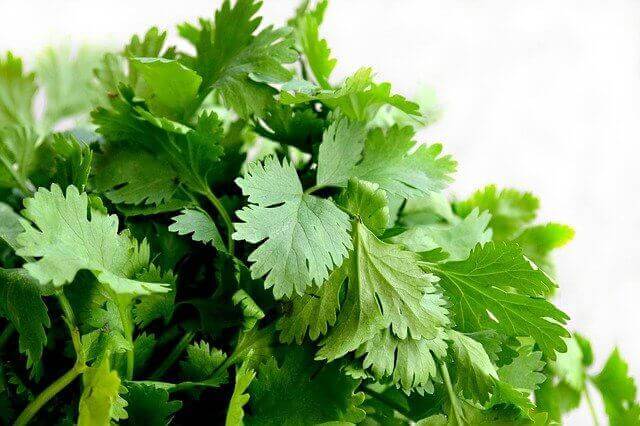
Once you begin growing cilantro indoors, you should try to keep the temperatures as warm as you can get them. Cilantro grows best in the hot sun of the day, but if you live in a cold climate, you may want to keep some herbs in your kitchen window.
If you are planning to grow a large quantity of cilantro, consider purchasing a small pot and growing it in a small area. In this way, you will be able to watch how your herbs grow, as well as watch how they will taste when they are ready to be harvested.
Related Post: How to grow Cilantro from seed?
Sage

One of the reasons that it is so important to have an indoor plant is that the herb needs a lot of light. The reason for this is that it does need to reproduce and can only grow if it has enough light to do so.
As a result, when you plant a growing sage in a window that has poor light, you can expect it to slow down in its growth because it does not have the sunlight to use for it to grow.
If you don’t have any natural sunlight in your home, then you will have to get a grow light. Always remember to water your plant throughout the week to prevent it from drying out and wilting.
Related Post: How to grow Sage at home?
Dill
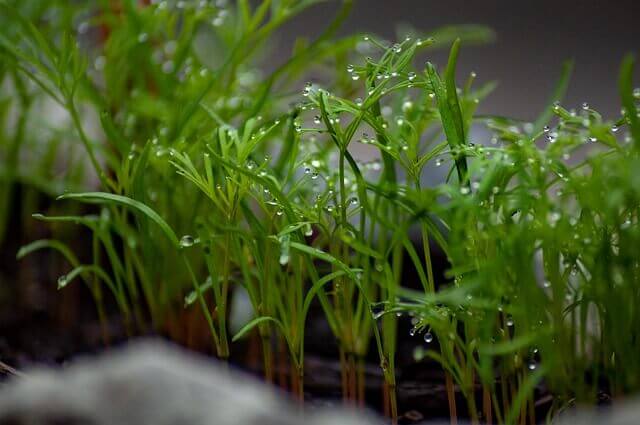
For many gardeners, growing Dill indoors in containers is one of the most popular ways to grow them. Dill is not only a great companion for your table or the counter, but it can be used as a home herb garden. You can grow it in containers in pots that are on a window ledge to catch the sunlight in all seasons.
If you grow your Dill in containers indoors in large pots with little light, it will take a long time to produce the amount of herb you want to consume. On the other hand, if you plant them in small pots on a window ledge, they will grow quickly and produce an abundance of herbs to consume for many meals.
Related Post: How to grow Dill at home?
Lavender

Lavender should grow best in a fairly dry, area with lots of sunlight. As with most indoor plants grown indoors, growing lavenders indoors takes some time to adjust to. For best results, give your plants at least two weeks to get used to their new home.
Keep your plants well watered, so water often, but not too much. This is very important to the health of your plants. Also, as the plant grows and matures, they become more sensitive to changes in lighting and temperatures, so make sure that you adjust your lighting and temperature appropriately for your particular plant.
Related Post: How to grow Lavender in pots?
Coriander
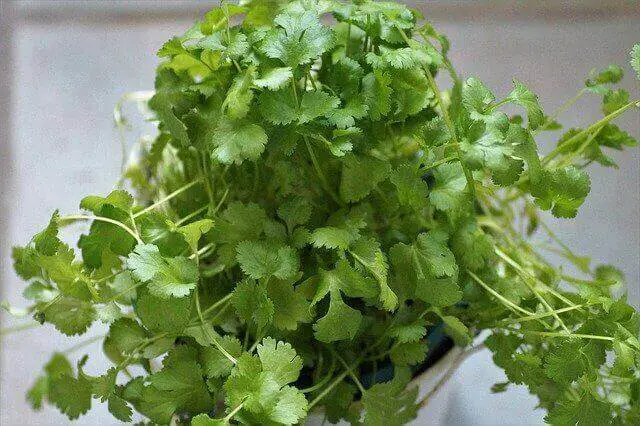
Growing Coriander indoor plants in pots is one of the most popular ways of taking care of these tasty herbs. If you are planning on growing some in pots however, you will need to make sure that they are planted in soil that is rich in nutrients.
Use pots with holes in the bottom so that it helps with drainage. Water your plant when the soil begins to look and feel dry.
Related Post: How to grow Coriander at home?
Tarragon
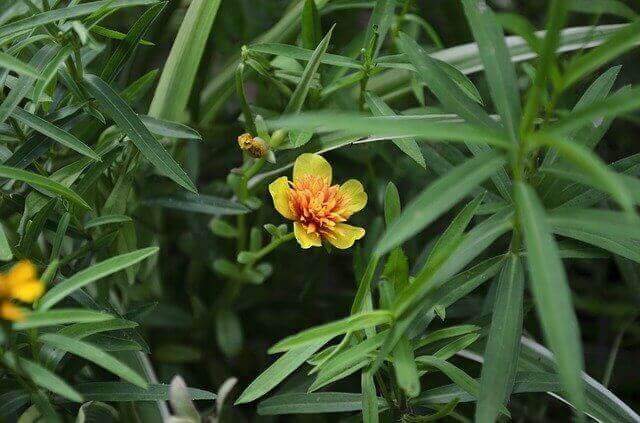
Growing Tarragon Herb indoors is one of the simplest ways to cultivate a healthy herb garden. There are plenty of varieties of Tarragon available to you, all of which you can grow at home. When tarragon is in its final flowering phase, it is ready to be harvested and used in recipes.
However, if you are not in the mood to harvest the leaves, simply cut off the flowers and the stems and store them in another location.
Related Post:
Fennel

The trickiest part of growing an indoor fennel plant is that you will need to keep the humidity level high. If you don’t you could cause the roots to rot.
You should check the soil at least once a week to see if there is too much of a lack of moisture. The reason for this is that the roots have to be able to absorb all the moisture that the plants need to grow properly.
Make sure that you do not over water them. They also need to be in a place where they are constantly exposed to air. If they are in an enclosed container, then you are going to need to keep them in a place that gets sunlight, but not direct sunlight.
Related Post: How to grow Fennel from seed
Growing Tips
- Plant in pots or containers with drainage holes – You want your soil to dry out between watering so that it doesn’t rot from sitting wet all the time. If there’s no drainage hole, make one!
- Choose a sunny window to grow your herbs. They need at least six hours of sunlight each day.
- It’s important to fertilize your herb plants on a regular basis with a fertilizer made specifically for indoor gardening or one recommended by an expert in plant care.
- Watch out for pests such as aphids and spider mites!
- If you live in an area with heavy winters or long periods without sunshine, then invest in artificial lighting.
- You’ll need a planter or pot at least 12 inches deep and 6 inches wide, filled with good quality potting soil. A shallow container will dry out quickly.
- Choose herbs that thrive in high light conditions and little water such as thyme, chives, basil, oregano or cilantro.
- Start with the best quality soil you can find at your local garden center. Look for well-drained potting mix that has plenty of organic matter in it like composted manure or peat moss.
- Fertilize monthly with diluted fish emulsion or compost tea.









